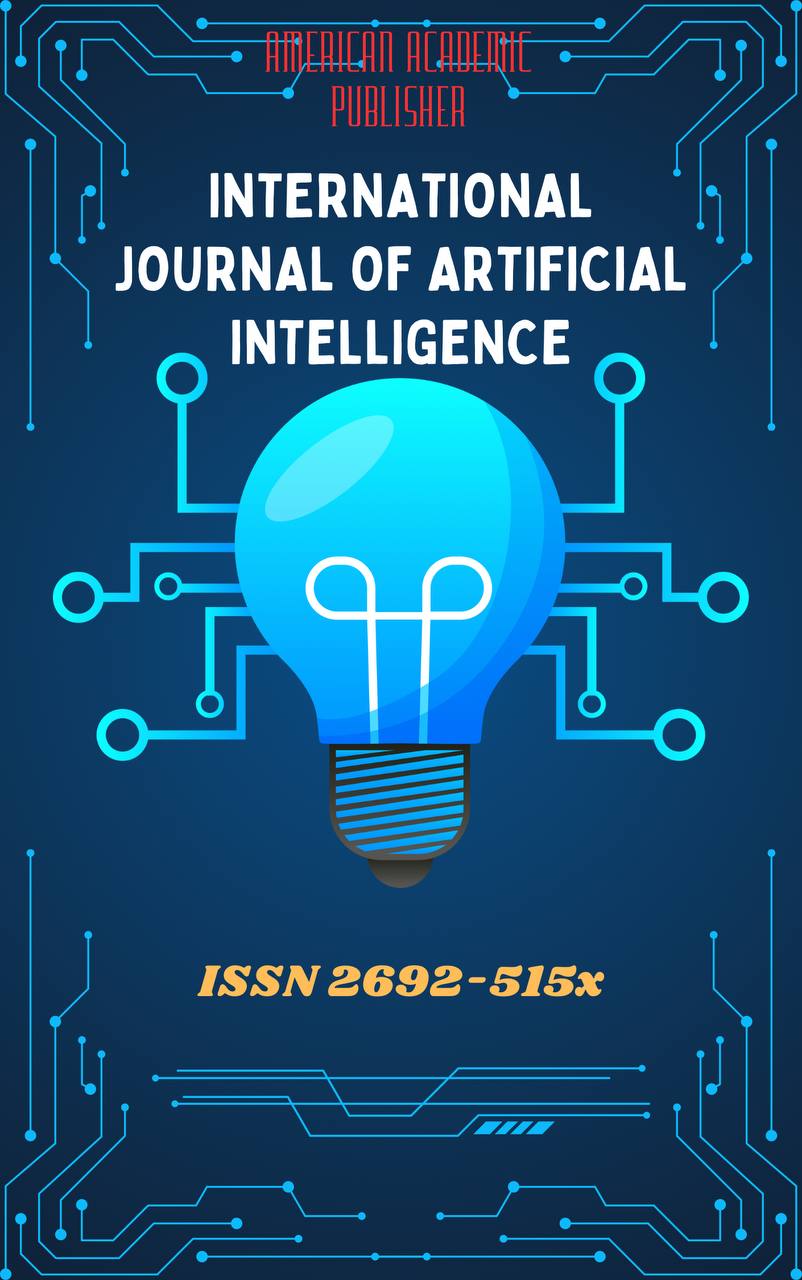 Articles
| Open Access |
Articles
| Open Access | IMAGES OF EXOTIC ANIMALS IN RUSSIAN PAREMIOLOGY
Iskakov Muhammad Sabirovich , Teacher of Asian Technology UniversityAbstract
The article explores how exotic animals such as elephants, crocodiles, monkeys, camels, tigers, lions, and parrots are symbolized in Russian proverbs and sayings. By analyzing their meanings, origins, and cultural functions, the study demonstrates how foreign influences have shaped Russian linguistic and cognitive frameworks. The findings reveal that exotic animals serve as metaphorical tools to express exaggeration, insincerity, foolishness, endurance, danger, strength, and mimicry in Russian paremiology.
Keywords
Paremiology, Exotic Animals, Russian Proverbs, Linguistic Identity, Metaphor, Cross-Cultural Influence
References
Grzybek, P. (2007). Semiotics and Proverbs: A Cognitive-Linguistic Perspective. De Gruyter Mouton.
Krylova, O., & Ponomarenko, E. (2010). Comparative Paremiology: Cross-Cultural Analysis of Proverbs in Russian and Other Languages. Moscow University Press.
Kurbanovna, I. M. (2024). Ijtimoiy tarmoq marketingi terminlarining o‘rganilish tarixi. Philological research: language, literature, education, 8(9).
Likhachev, D. S. (1993). The Poetics of Ancient Russian Literature. Indiana University Press.
Mieder, W. (2004). Proverbs: A Handbook. Greenwood Publishing Group.
Mokienko, V. M. (2015). Russian Proverbs and Their Linguistic Evolution. Nauka Press.
Permyakov, G. L. (1979). From Proverb to Folk-Tale: Notes on the General Theory of Clichés. University of Michigan.
Qurbonovna, I. M. (2025). Theoretical and methodological approaches to language study in social media marketing. Theory of scientific researches of whole world, 1(5), 287-293.
Article Statistics
Downloads
Copyright License

This work is licensed under a Creative Commons Attribution 4.0 International License.

